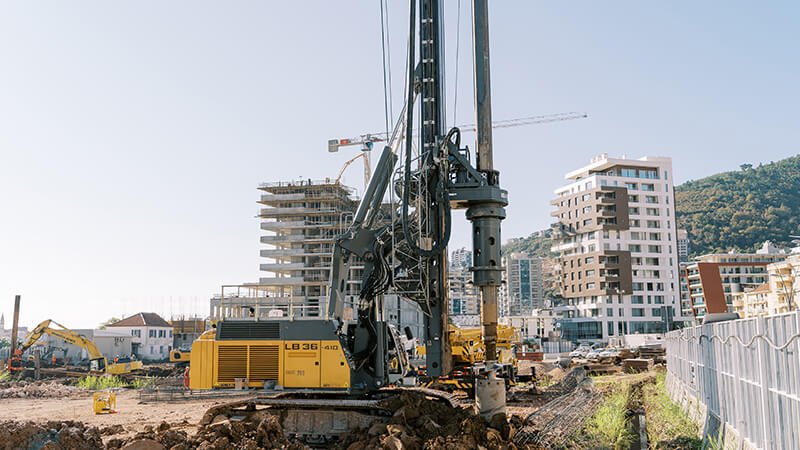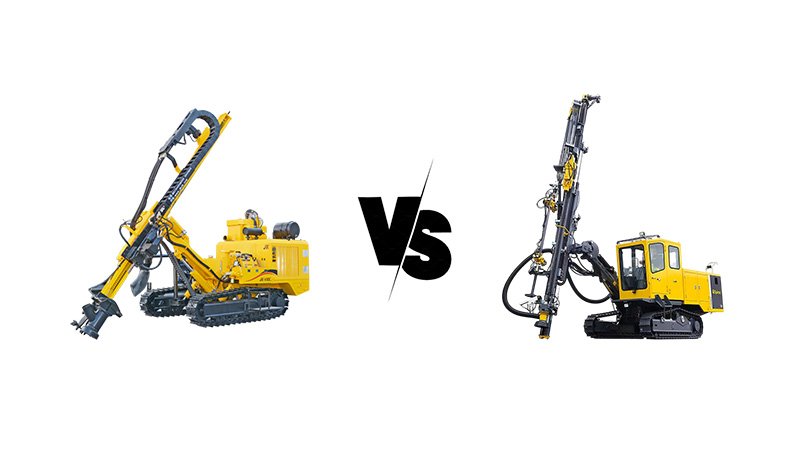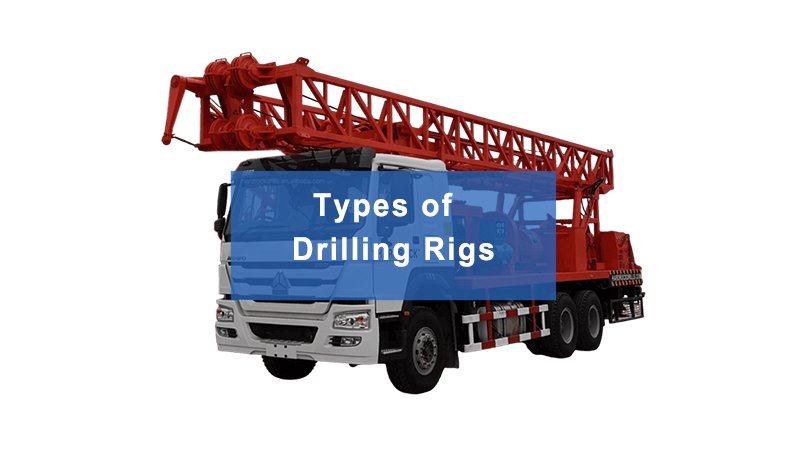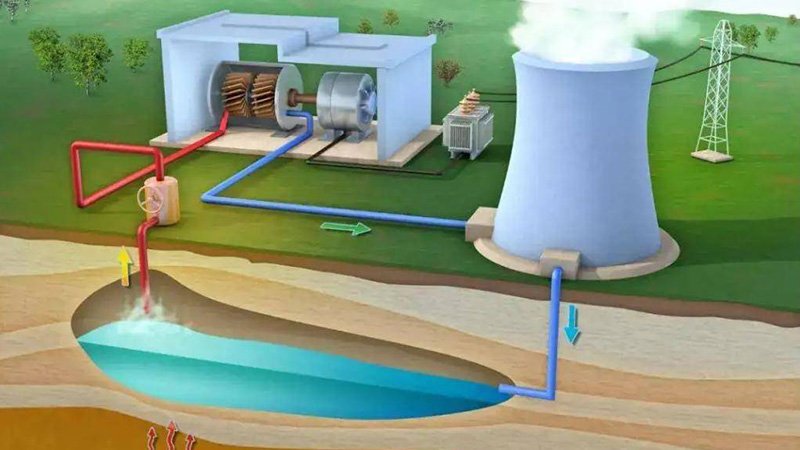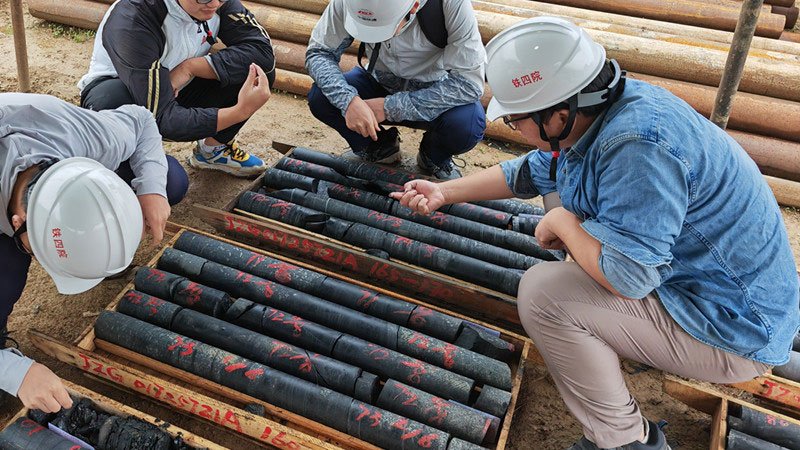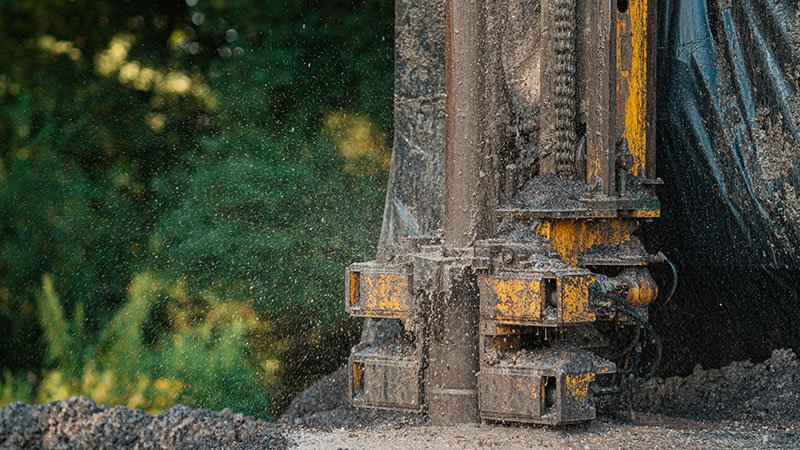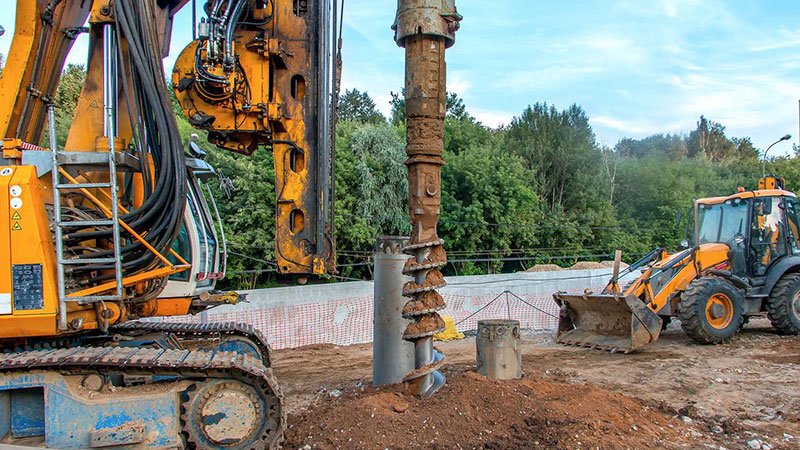Confused about core versus auger drilling? Choosing wrong means wasted time and project setbacks. Understanding their key distinctions ensures drilling success.
Core drills cut an intact cylindrical sample from rock or hard formations. Auger drills excavate and remove looser soil or soft materials using a helical screw. The main difference is the sample type and drilling action.
Choosing the right drill isn't just about the tool; it's about your project's success. I've seen many clients grapple with this. Let's break down exactly what sets these two drilling methods apart.
How Do Their Fundamental Drilling Mechanisms and Sample Outcomes Vary?
Unclear on how core and auger drills actually work? This confusion can lead to poor sample quality. Knowing their mechanics clarifies sample outcomes.
Core drills use a rotating, hollow barrel with cutting bits (often diamond) to extract a solid core. Auger drills use a rotating helical screw (flights) to transport disturbed material to the surface.
Dive deeper Paragraph:
The way these drills operate directly affects the kind of sample you get. It's fundamental to understanding their use.
Core Drilling: Precision Cutting
A core drill is like a very precise hole saw for the earth. Its main part is a core barrel with sharp cutting elements, often industrial diamonds, at the tip. As the barrel rotates and pushes down, it cuts a ring around the material. The intact cylinder of rock or consolidated soil, the core sample, enters the hollow barrel. We then bring this core to the surface. This method is all about getting a high-quality, undisturbed sample that shows the rock's layers, fractures, and structure. At Hardrock, our geotechnical drilling rigs are designed for excellent core recovery, because our clients, like geological survey departments, need this detail. It's slower, more careful work, but essential for proper analysis.
Auger Drilling: Excavation and Removal
An auger drill works more like a screw. It has a central shaft with helical flights (the screw part). As the auger rotates, the flights dig into softer ground like soil, clay, or sand. The material is then carried up the flights and out of the hole. The sample you get is disturbed; it's a collection of cuttings, not an intact piece. This method is faster for looser materials. It’s great for things like environmental sampling of soil or setting shallow foundation posts where you mainly need to make a hole quickly. The sample tells you what material is there, but not its original structure in the ground.
For What Specific Applications and Ground Conditions is Each Drill Type Best Suited?
Using the wrong drill for the ground wastes money. Poor results follow. Matching drill type to conditions and application is absolutely vital.
Core drills excel in hard rock, consolidated formations, and when undisturbed samples are needed for geotechnical analysis or mineral exploration. Auger drills are best for softer soils, sands, clays, and environmental sampling.
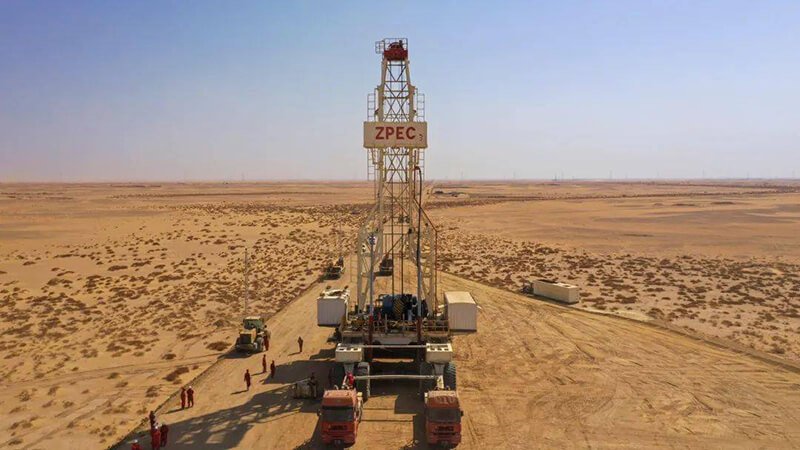
Dive deeper Paragraph:
Matching the drill to the job is something I always stress with my clients at Hardrock. As I've often seen, using the wrong tool leads to frustration and wasted resources.
Core Drilling Applications
Core drilling is the go-to method when you need detailed information about what’s underground. Think about:
- Geotechnical Investigations: Engineers need intact cores to test rock strength and stability for building foundations, dams, or tunnels. Our foundation drilling rigs and geotechnical rigs at Hardrock are often used for this. Potential customers like Geotechnical Engineering Companies and Research Institutes rely on this.
- Mineral Exploration: Mining companies use core samples to find out the type, grade, and extent of ore deposits. Our mining exploration drilling rigs are built for deep core recovery.
- Scientific Research: Geologists study cores to understand Earth's history.
Core drills are essential for hard rock, cemented gravels, or any situation where you need to see the material exactly as it was in the ground.
Auger Drilling Applications
Auger drilling is ideal for softer, unconsolidated ground. Common uses include:
- Environmental Soil Sampling: Quick collection of soil for contamination testing.
- Water Well Drilling (shallow, soft ground): Some of our smaller portable water well drilling rigs, like those used by Water Well Drilling Service Providers in rural areas, can use augers in suitable soils.
- Geotechnical Sampling (soft soils): For SPT (Standard Penetration Test) in softer layers.
- Construction: Setting posts, small piles, or pre-drilling for other purposes by Construction Engineering Companies.
It’s faster and cheaper in these conditions. I’ve seen clients try to use augers in rocky ground – it just doesn't work well and damages the equipment. Matching the drill to the job is key.
What Are the Key Advantages and Limitations of Using a Core Drill Versus an Auger Drill?
Unsure which drill offers the best balance for your job? This can lead to inefficient operations. Weighing pros and cons clarifies the best choice.
Core drills provide high-quality, undisturbed samples but are slower and costlier. Auger drills are faster and cheaper in soft ground but provide disturbed samples and struggle in hard formations.

Dive deeper Paragraph:
Choosing between a core drill and an auger drill involves trade-offs. It's not that one is "better" overall; it's about which is better for your specific task. At Hardrock, we guide our clients, like engineering contractors or mining companies, to make this choice based on their project needs. For example, Mohammed Al-Rahman, who buys foundation drilling rigs from us, sometimes needs core samples for specific projects where detailed soil/rock data is paramount, and might use auger-capable equipment for other, simpler tasks. Understanding these differences is crucial for him to optimize his operations. As I always say, understanding the right drilling method is key to project success. I’ve seen clients waste time and money by misapplying auger or core drills in unsuitable conditions.
Here's a simple breakdown:
| Feature | Core Drill | Auger Drill |
|---|---|---|
| Sample Quality | Undisturbed, intact core | Disturbed, mixed cuttings |
| Drilling Speed | Slower, more precise | Faster in suitable (soft) ground |
| Suitable Ground | Hard rock, consolidated formations | Soft soils, clays, sands, unconsolidated material |
| Cost | Higher (equipment, bits, time) | Lower (equipment, time in soft ground) |
| Depth Capability | Can go very deep | Generally shallower depths |
| Information Yield | Detailed structural, lithological data | Basic material identification, some layering |
| Hole Cleanliness | Can require flushing media (water, mud, air) | Self-cleaning to some extent by flight action |
| Complexity | Higher operator skill needed | Simpler operation |
This table helps to see the main points. The "best" choice really depends on your project goals and ground conditions.
How Does the Resulting Borehole and Retrieved Material Differ Between Core and Auger Drilling?
Do you need a clean hole or a specific sample type? Misunderstanding output can compromise your data. Knowing these differences ensures useful results.
Core drilling produces a clean, straight borehole and a solid cylindrical sample preserving stratigraphy. Auger drilling yields a rougher borehole and disturbed, mixed cuttings from the auger flights.
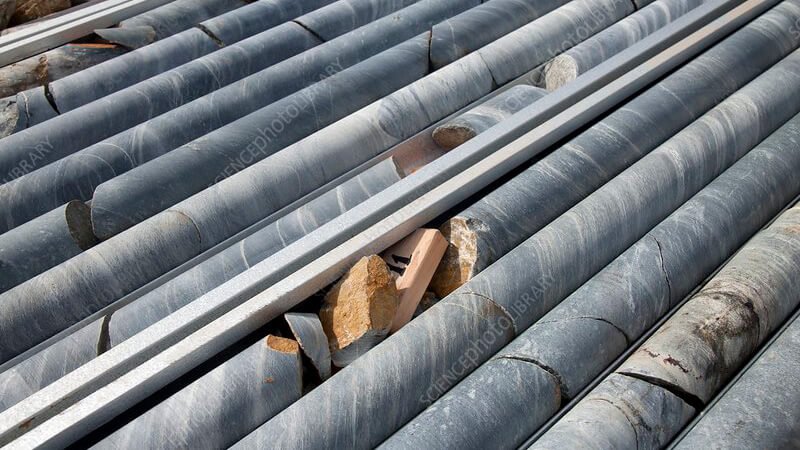
Dive deeper Paragraph:
The final hole and the material you get out are very different between these two methods. This difference is critical for what you can learn or do next.
Core Drilling: Clean Hole, Intact Sample
When we use one of our Hardrock core drilling rigs, say for a geotechnical project for a Geotechnical Engineering Company, the goal is a smooth, straight borehole and a solid, cylindrical core sample. The borehole itself can be used for later tests (like permeability tests) or for installing instruments. The core sample is the star. It shows the layers (stratigraphy) of the rock or soil exactly as they were in the ground. You can see fractures, mineral veins, and changes in rock type. This is why geologists and engineers value core samples so much. It's like getting a direct look underground. We often use water, drilling mud, or air – supplied by our Hardrock air compressors or mud pumps – to flush cuttings from around the core barrel, keeping the hole clean and improving core recovery.
Auger Drilling: Rougher Hole, Mixed Sample
Auger drilling, on the other hand, typically creates a less precise, sometimes rougher borehole. The auger flights churn the material as they bring it up. The sample you get is a pile of disturbed cuttings. You can tell what type of soil or sand it is, but you lose the original structure and layering. For some jobs, like digging a hole for a fence post by a construction company, or taking a quick environmental soil sample by an Environmental Engineering firm, this is perfectly fine and much faster. But you wouldn't use it if you needed to understand the detailed geology or rock strength for a major infrastructure project. The retrieved material is good for identifying material types, but not for detailed structural analysis.
Conclusion
Core drills give intact samples from hard ground. Augers quickly excavate softer soils. Choose based on your project's sample needs and ground conditions.

